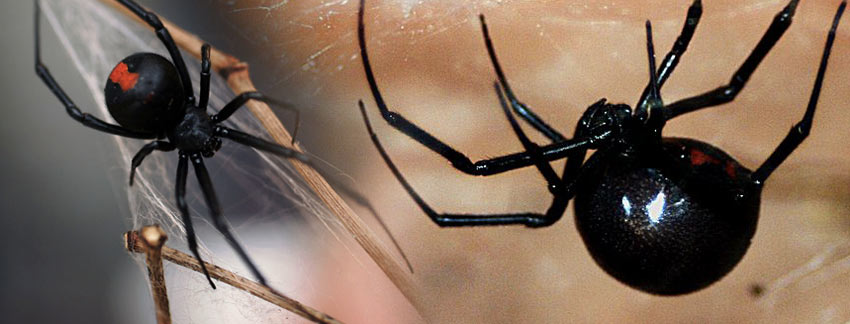Services
Termite Inspection
A termite inspection is a visual inspection of the property (outside, inside, and crawl space if applicable). We will conduct a thorough inspection of your home, examining your home from top to bottom. In addition to termites, the inspector will also be looking for fungus (dry-rot), water damage, all wood destroying organisms, plumbing leaks and earth to wood contact. Following the inspection we will provide an estimated cost to take care of any problems found, along with a full report of the home.
How long does an inspection take?
The average termite or pest inspection takes approximately forty-five minutes to one and half hours for a thorough inspection, depending on the size and condition (e.g. clutter; storage of personal items, etc.) of the home and property.
How Termites enter the Home?
The most common termite, the subterranean termite builds its nest in the ground.
These termites construct mud tubes, which are used to explore for food and Connect their underground nest to that food source. They can enter a building Without direct wood contact with the soil through such tubes (fig: 5) Termites can Enter through cracks, expansion joints, hollow bricks or concrete blocks around Plumbing. They can find their way into a structure through an opening as small as 1/32 of an inch. Depending on the type of building structure (fig: 6), whether constructed with slab, Basement, or crawl space foundations, can be a target for termite infestation.
Subterranean Termites
These ground dwelling termites are social insects like ants, bees, and wasps. Social insects live in large groups (or colonies), share a nest and divide important biological roles among individuals within the colony. The termite colony consists of a king, queen, eggs, larvae, workers, soldiers, nymphs and reproductive. These are the termites most often found in damaged wood. These creamy white, wingless, blind workers forage for food and construct mud tunnels, enabling them to travel between the soil in which they live and their food source.
Generally subterranean termites gain access to the structure at points where wood touches the ground. In the absence of earth to wood contact, subterranean termites build their own humidity controlled shelter tubes. These tubes, or tunnels, act as a conduit for the termites to travel between the ground and the structure. Subterranean termites primarily obtain their moisture from the soil. No home is completely safe from subterranean termites. In fact we have found that there are only two types of homes; homes that have subterranean termites and homes that will have subterranean termites.
Dry-wood Termites
Unlike subterranean termites, dry-wood termites do not live in the ground. They do not need contact with the soil to survive and do not build shelter tubes to gain entry into your home. Dry-wood termites fly into structures and infest the wood directly. They typically infest exposed wood such as window frames, doorframes, and exterior trim and attic wood members. The homeowner may initially see signs of infestation such as shed wings. As time goes by, and the colony enlarges, dry-wood termite pellets (or droppings) may be seen near the infested wood. Although the colony development is slow, severe structural damage can occur.
Damp-wood Termites
Damp-wood termites build their nests in wet wood. Contact with the ground is not needed; however, damp-wood termites need a large amount of moisture to survive. They get this moisture directly from the wood in which they are infested. Typically the homeowner may find damp-wood termites in logs or fallen trees in the yard, or in exterior wood members exposed to the elements, such as deck boards and fence boards.
Wood Boring Beetles
Many homes in our service area are particularly susceptible to wood boring beetle infestations. After termites, wood boring beetles are the next most important wood-destroying insects in homes. Wood damaged by beetles has numerous "shot holes" in the surface. You may notice a powder like substance emanating from the holes. The small pieces of frass or sawdust a produced by the larvae as they tunnel through the wood may shift from the wood when it is bumped or probed. Substructure framing such as subfloors, floor joists, and piers are particularly vulnerable to attack.
Wood boring beetles are commonly found in areas of high moisture contact. In many cases, substructure framing in crawl spaces with poor ventilation may lead to beetle infestations. The amount of damage from wood boring beetles may vary based on the species of beetle; however, in all cases the damage will weaken structural timbers.This damage results primarily from the feeding activities of the beetle larvae.
Wood Decay Fungi-Fungus and Dry-rot
Even if your home is free from termites or beetles, your inspector may find areas of decay due to dry rot or fungus damage. "Dry Rot" is a misleading term, since the wood has actually been damaged by the effects of excessive moisture. All wood decay is caused by one of a variety of fungi. This fungus occurs naturally and becomes established within the fibers of the wood if the wood becomes wet for protracted periods of time. Decay fungi can cause severe structural damage to any wood member. Decay fungi needs oxygen, water and a food supply(cellulose) to
survive. Wood kept dry will never decay.
Brown rot fungi feeds on the cellulose in the wood, a component of the wood cell walls, were leaving behind the outer shell (or lignin), thus giving the wood a brown appearance. Infected wood can be greatly weakened even before decay can be seen. Advanced stages of brown rot will show signs cracking across the grain of the wood.
White Rot attacks both the cellulose and the lignin in the wood causing the color of the wood to turn whiter than normal. Wood affected by white rot normally does not crack across the grain and will shrink and collapse when degraded. Infected wood shrinks and becomes sponge-like to the touch.




